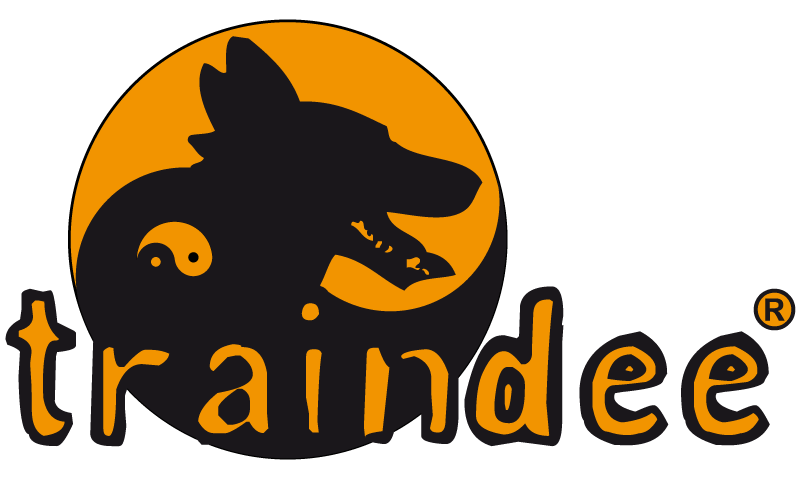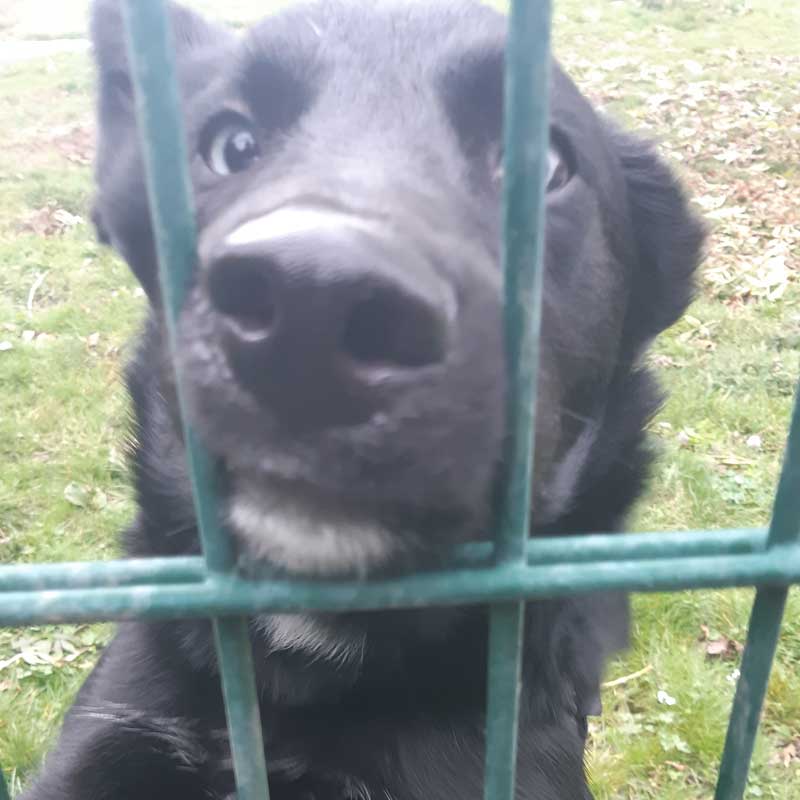As already addressed in my previous article 👉 “Shaped by shelter dogs – The world is colorful and diverse”, a statement on the concept of imprinting with reference to Konrad Lorenz had made me think.
The statement comes from a trainer, which I do not know personally, but his kind nevertheless something positive so far can win. So my point is not to criticize or even attack this person or this one statement in isolation, but rather to take a critical look at a tendency that may be establishing itself in general.
What is it actually about?
It is about dog training and the attention of the dog to the owner. Whether in dog encounters or when it comes to picking up food, potential poison bait.
One statement was that he didn’t think much of so-called “puppy schools” where young dogs “learn” socialization in groups, among other things.
“The young dog should not learn at all that he can have a lot of fun with other dogs and rather concentrate on his owner”
So or something like that, it is not meant to be a quote it describes the, basically understandable, strategy. A strategy that aims to ensure that a dog does not permanently and actively seek contact with other dogs later in life.
And again, it is not an evil or unconscionable person from whom this statement comes. On the contrary, certainly a good dog trainer who can provide practical knowledge. Also, certain statements must not be considered too isolated, because it is not that he does not allow his dogs to have contact or that he generally rejects it. This is already very much about aspects of training strategies.
I will not write down the contents of Udo Gansloßer’s lecture on puppy development or Konrad Lorenz’s research on the subject of imprinting. You can find enough literature, lectures, etc. on this subject.
Which possible tendency do I mean?
I have the impression, and there I may be information flooded by social media and the Internet in general wrong, that here in certain areas a tendency increases that one wants to move with his dog totally undisturbed only in the personal team without further contact to other human-dog teams freely and undisturbed in the general area.
So, now slowly step by step. On the one hand, reality away from an electronic, virtual Internet world shows me that dogs and dog owners still and as 30 years ago have a lively social contact and exchange. However, and this may seem to me only subjectively today, one also sees more and more this attitude of “contact rejection” in real life.
But then what has possibly changed? Perhaps it is today’s attitude towards it and the proactive “demand” for its “space”. Like an energy bubble from science fiction that you want to know around you. Yes, I think this is what I can observe in a negative sense.
Do I have understanding for such desires and can I understand them?
But clearly, of course, quite clearly even! Had I myself at some point in the past suddenly become one of those who wanted to have their “peace” from other human-dog teams. BUT, there I have pro-actively taken care of my distance, my “protective bubble”. I went out wide, in bad weather and at the most impossible hours with my dogs. There I did not go through the crowds, me presumptuous all others may now avoid, that is probably the fine difference.
Back to imprinting and puppy schools, puppy play groups:
The Animal Welfare Act states, “Whoever keeps an animal shall ensure that … the opportunity for social contact, taking into account the species, age, …”
I hope my circle of thought can now close for one or the other reader – the supposed, training-related abstention from puppy or play groups of my young dog, so that I may have it “easier”, “more comfortable” perhaps in the further coexistence with my dog as a human being. The dog should follow me nicely, “function” as I want it. Because if he doesn’t know how nice it is to have contact with other dogs, he won’t want to go to them all the time. Somehow this attitude reminds me of Mogli (actually Mowgli), the foundling who grows up with animals in the jungle…
Of course we (almost) all wish for unproblematic dog encounters, that we don’t have to constantly and permanently and especially in an “exhausting” way respond to the wishes or rather the emotions of our dogs. That’s why we educate our dogs and that’s why there are dog trainers who support us in this. We also have to educate children and make them understand that it is not always about their will.
But just as I don’t necessarily have to take my young dog to puppy school, I don’t necessarily have to take my dog to the mall when he may not be suited for it.
I am not even speaking against “isolated” human-dog teams, that can work wonderfully with our house dogs today I would think, nevertheless I think a lot of species-specific, social contact. And above all I have to accept that there are other human-dog teams that think differently. It does not always have to be contact, but I also do not have to prevent it by force.
Around a certain contact, we will not get around. An “indignation” because of it, as it occurs today perhaps occasionally increasingly, with questionable justifications due to alleged empirical proofs or, in a pandemic time probably better coined term, scientific evidence, I consider exaggerated. After all, I am regularly “chatted up” by beggars, vendors, find-raisers, etc. without immediately insulting or condemning them.
It is an important issue to me because of course I share the desire to be able to keep my dog away from potentially unwanted encounters. Also, above all, I understand very well those very responsible dog owners with “problem dogs” who actively avoid all dangers and really just want their peace. Because that they have to face an “indignation” towards themselves and their dog, if another dog simply comes running towards them and this leads to an unfriendly contact, is also not understandable.
I have already written about these topics in the articles “Let dogs play – adults do not play?” and “Let dogs (on the leash) to each other”
It needs again more attention and mindfulness, because especially responsible problem dog owners can be recognized quite well by body language and actions. The body language of humans, also we must not disregard when it comes to dog encounters. Only the common signals of humans and dogs, result in a total picture which should move us to own behaviors (an approach to each other as well as an evasion).
I hope, it is only a small excerpt of observations, which I have taken negatively, because I do not want a dog world in which we keep ourselves with masks (muzzles) permanently at a distance of 2 meters from each other. In a pandemic, this at least still has a concrete, time-limited, reason.
Conclusion:
Whether I participate in a puppy play group with my young dog or not. To give the puppy only with my already existing dogs contact to his peers or whatever else – everyone should do what he thinks is right and fits into an individual life situation.
But if I really deny the puppy the (extensive?) contact to other dogs or limit it strongly, so that it doesn’t learn how cool it is to play with other dogs, then I consider that to be a very strange training strategy. I would not advocate that.
No emotional criticism from me, no one put down, just put in the room and questioned….






